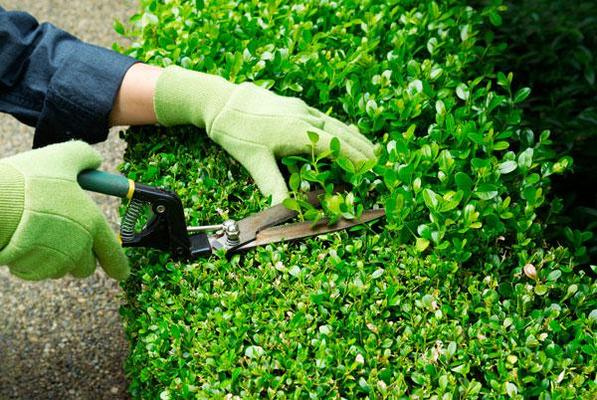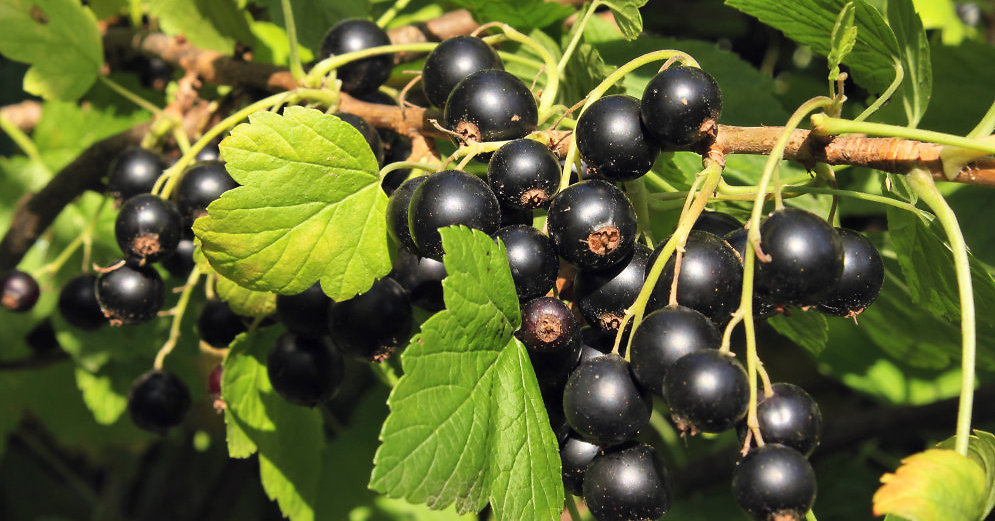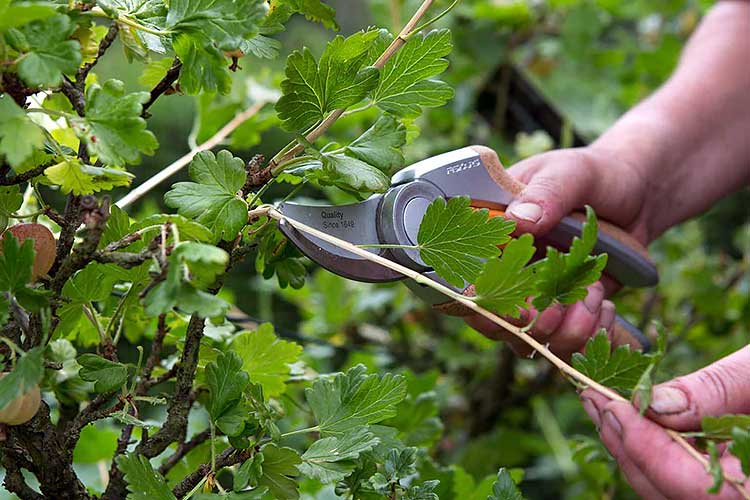Content:
Peach originates from China. Their mass cultivation is carried out in the warm regions of the Caucasus, Europe and Asia, as well as in the subtropics. Peach cultivation is now expanding and has moved into colder regions.
Most popular peach varieties
You can grow a peach even in the country, however, then its cultivation is somewhat different from cultivation in the southern regions. This is a fairly thermophilic plant, the roots of which begin to freeze under as early as -15 degrees. With return spring frosts, the shoots freeze, but when heat is established, it is restored again.
All varieties are divided into three groups: early, medium ripening and late.
Among the early varieties, the most distinguished are:
- White Swan. Self-fertile peach with large fruits, weighing up to 150-200 g. Productivity per plant - up to 60 kg;
- Kiev early. A short tree with the earliest maturity. Fruits weighing up to 105 g, with a sweet taste and tender pulp;
- Redhaven. The largest yield can be harvested after 10 years of cultivation. From one tree, under favorable weather conditions, you can collect up to 100 kg of fruits.
Mid-late varieties are distinguished by a spreading crown and high yield. Allocate:
- Cardinal. Differs in large fruits weighing up to 140 g;
- Golden Moscow. Grows well in all regions and in all weather conditions;
- Kremlin. A characteristic feature is high winter hardiness;
- Saturn. Has a large crown, which is not easy to care for. The main disadvantage is a short shelf life of fruits (12 days);
- Siberian. The fruits are stored for a long time and are perfectly transported.
Late varieties are grown mainly in the southern regions, since in the middle lane they do not always have time to ripen, and the fruit does not have time to pick up sweets during this period. Most often they prefer to grow:
- Veteran. Among late varieties, it stands out for its small growth. The fruits are small, but highly valued for their taste. The main purpose is conservation;
- Fury. It tolerates frosts down to -27 degrees. The fruits are simply huge - up to 400 g;
- Frost. It is characterized by a stable result. The fruits are stored for about 2 weeks.
Peach pruning
To get a good harvest, peaches need to be given special attention. Particular attention is paid to the formation of the crown. In this case, a number of rules must be observed.
They start pruning a two-year-old seedling. At this time, side shoots appear. Skeletal branches are selected from them.
Pruning time
Each type of trimming has its own timing and purpose. This is presented in more detail in the table.
Timing trim
| Pruning | Timing | Appointment |
|---|---|---|
| Spring | During the "rosebud" period, i.e. from the moment the leaves bloom until the beginning of flowering | Crown formation. Removing dead branches. Rejuvenation |
| Summer | Summer, end of July | Removal of dead shoots. Shortening branches. Sanitary pruning. Shortening the gain |
| Autumn | Autumn, after harvest | Sanitary pruning. Removal of branches broken by the weight of the fruit |
How to prune a peach correctly? In order for the pruning to be successful, it is necessary to choose dry, clear weather. If it is carried out in a rainy time, then it is possible to infect the plant with a fungal disease.
When trimming you will need:
- Secateurs;
- Saw;
- Garden knife;
- Putty;
- Copper sulfate.
Spring pruning scheme
The main purpose of spring pruning is to give the crown a certain shape. How to trim a peach? If the peach is formed according to the "bowl" principle, then the height of the trunk should be 50 cm. Skeletal branches are distinguished in the amount of 3 pieces. They should go in different directions. They are cut into 2 buds. This shape is very convenient for picking fruits. This increases the yield.
When shaping the crown into a spindle, the side branches should be cut off.
You can also prune in the form of a bush, then the work is to grow 3-4 powerful shoots from below.
At the same time, in each case, fruit-bearing branches are cut into 2 buds, due to this, the tree will not be overloaded with fruits, and all of them will have time to ripen on time, and will not lose their marketable qualities. Additionally, spring pruning stimulates early flowering, a long fruiting period and a beautiful tree appearance.
Summer pruning scheme
Summer peach pruning has another name - sanitary. Its main goal is to improve the health of the peach: to remove dead and diseased branches, frozen, growing improperly (directed towards the center). It is carried out as needed, the interval is from the end of June to the beginning of July, depending on the region of cultivation. Coincides with the period of seed formation in fruits. After its completion, an improvement in the taste of the fruit is noted.
Autumn pruning scheme
The main purpose is to prepare for the winter period. Terms - after harvesting the fruits, a slight deviation is possible, but not more than 30 days. Depending on the size of the tree, between 100 and 200 branches should remain after the fall pruning. In the course of work, diseased branches are removed, shoots are removed, and the side branches are activated.
Pruning a young tree
It is important to properly care for the peach from the very moment of planting. The first pruning consists of cutting 1/3 of the top of the seedling and side branches.
Further in the same year in the spring, after the establishment of positive temperatures, the tree is examined, several young branches are selected, which are at an acute angle to the trunk, the rest are cut off.
Pruning a mature tree
How to rejuvenate a peach? An adult peach needs annual pruning, which is carried out according to the above schemes. It is carried out to remove sick, dead and weakened branches. Also, with its help, the crown of the tree is formed and thickening is not allowed. Its other purpose is rationing. Its essence is that a huge number of flowers are tied on an adult tree. If all of them are left, then more than 1000 fruits will be tied. This will not only weaken the tree, but also negatively affect the taste of the fruit. In order to prevent this condition, up to 2 buds are left on small branches, and up to 8 on large ones.
The need for pruning
With annual pruning, you can not only get a large harvest of tasty fruits, but also extend the lifespan of the peach. Thus, the development of diseases is not allowed, the tree is rejuvenated, growth is controlled.
If this type of work is excluded, the fruits degenerate, taste is lost, the tree itself quickly grows old and dies. Thus, when the question arises, whether or not to be pruned, the answer is unambiguous - to be.















